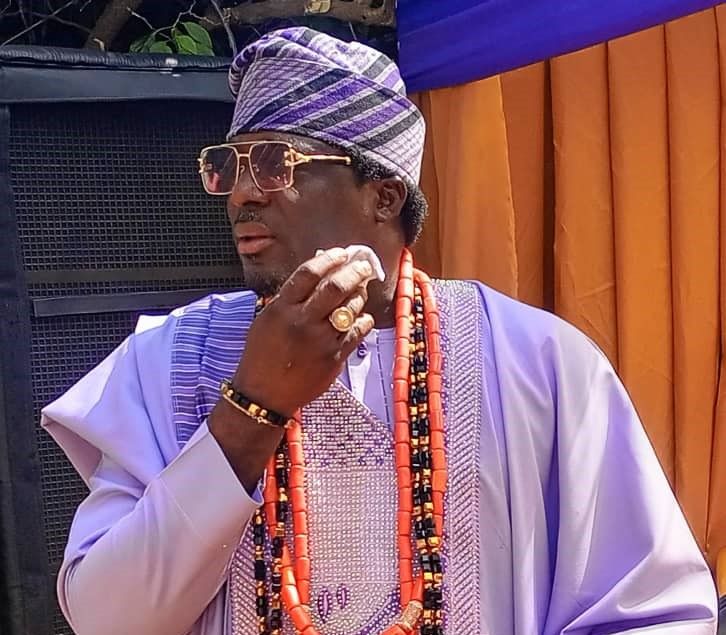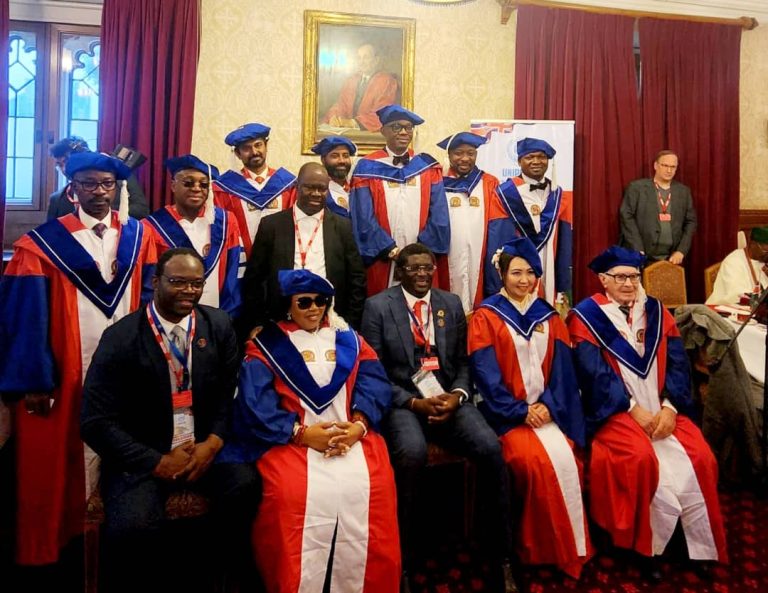
Polls have officially opened for the 2024 United States election, a national vote that will decide not only the next President of the country but also the makeup of the House of Representatives and Senate.
Campaigns were rounded off early Tuesday with the Democratic candidate Kamala Harris and her Republican challenger Donald Trump crisscrossing the country in hopes of swaying the voters.
Whatever the outcome of the vote, the result will define US politics and policy for the next four years. It will also be historic as voters will either elect the first female president in Kamala Harris or the first convicted felon in Donald Trump.
In the final sprint of the race, both candidates have laid out vastly different visions for the country’s future. They have also staked out divergent positions on key issues like the economy, immigration, women’s rights and democracy.
Harris has the to “turn the page” on what she calls Trump’s divisive rhetoric. She has also positioned herself as a “new generation” leader who will boost the middle class, protect women’s rights and maintain the integrity of US institutions at home and abroad.
Nevertheless, she has faced regular protests over her support for Israel’s war in Gaza and Lebanon.
Trump, meanwhile, has promised a return to a US “golden age”. To do that, he has sketched a plan to lift economic regulations, project US strength abroad and crack down on migrants – a line of attack that regularly dips into racist tropes.
Several states began early voting – whether by mail or in person – as far back as September.
Nearly 81 million voters have already cast their ballot before Election Day, according to the University of Florida’s Election Lab.
That is more than half of the 158.4 million total votes cast in the 2020 presidential election – and a sign of record turnout this year for early voting in some parts of the country.
Election Day will ultimately reveal not just which candidate comes out on top, but the full extent of the changing demographics of the US electorate.




